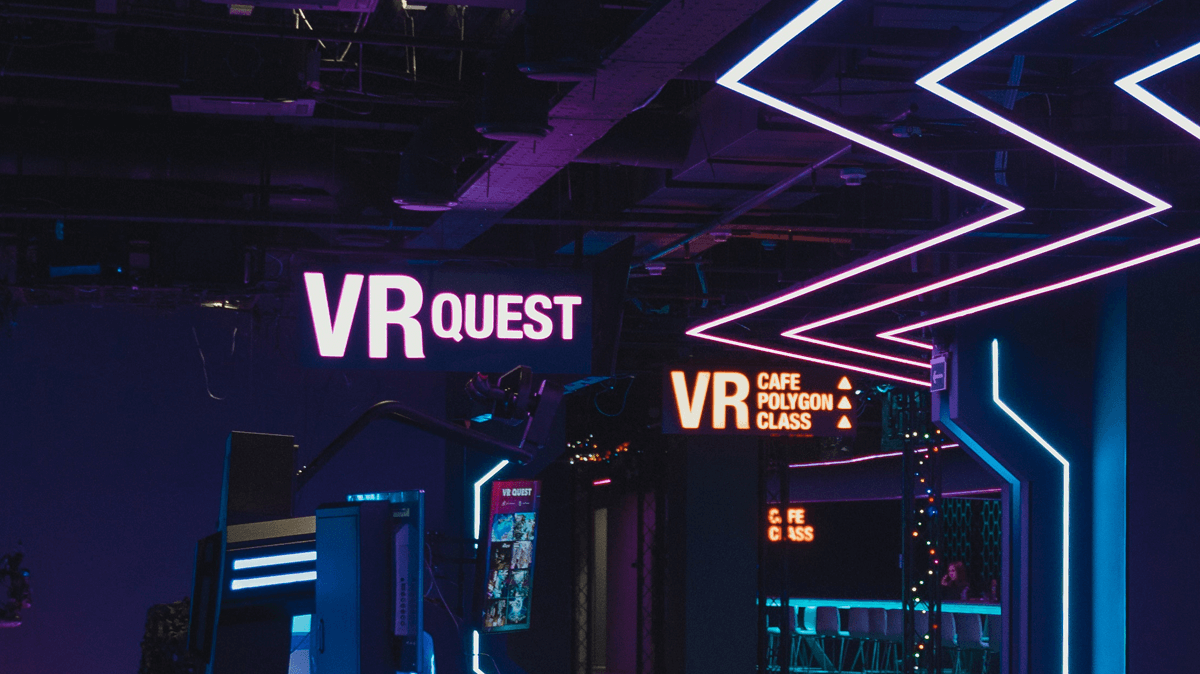In 2019 there were significant breakthroughs in the discovery of the possible implementations of extended reality. These implementations were felt far from their point of origin in the gaming industry, now this technology has become part of business and medical fields to aid better services. Implementing Augmented reality seemed to have been more of a challenge than implementing Virtual reality. Virtual reality is popularly when recognized as when you put on a headset and get immersed in virtual reality. This technology has been applied to fields of marketing, retail, and education that have ultimately benefited the user. For augmented reality, the challenge is that the software will need to be aware of the environment and have a clear image of your surroundings to properly implement this. There are massive contributions being made in the name of growing the extended reality and some very significant trends have been observed in 2020 as a result of this, with the only promise of growth in coming years.
In Healthcare:

On the psychological side of healthcare, there have been some very significant discoveries being made. Virtual reality has been applied with the help of biosensors to the field of psychotherapy to monitor people’s reactions in certain stressful situations and gain better insight into their behavioral habits. This kind of technology is very helpful in the diagnosis of psychological disorders, etc. It helps people with psychological impairments like autism develops communicational and interpersonal skills. The same technology is being used to pinpoint visual and cognitive impairments as well by tracking the eye movement of the patient in question.
Headsets are getting portable and powerful:
Headsets will be able to generate increasingly visible and even more realistic virtual imagery to indulge its users. Along with this, the hardware that the device is reliant on to process the software will already be available inside the headset. In this regard, the most anticipated breakthrough is the Apple VR/AR combines glasses technology. This is going to impact the world around us in many ways. This technology is moving far and fast from the original computer polygon images with lower resolution.
5G incorporating VR and AR:
The 5G will be introduced and contribute to the changing of the world around us just as much if not more than VR and AR, but when you put the two things together, you have something that is phenomenal. 5G will provide the necessary speed and ease of loading data in VR and AR from the cloud. The Virtual reality implementations have largely been limited as a result of data-transfer issues and low device processing issues, some platforms may offer the feature like Facebook but it does not offer the quality that is expected of such pioneering technology.
Education in VR and AR:
The need of the time demands a more practical and implemented approach to the curriculum. Fortunately for us, the education system has found learning objectives that may be achieved through the immersive technology of VR and AR. On and off-job training will be much more economical with this kind of implementation to its workforce.
